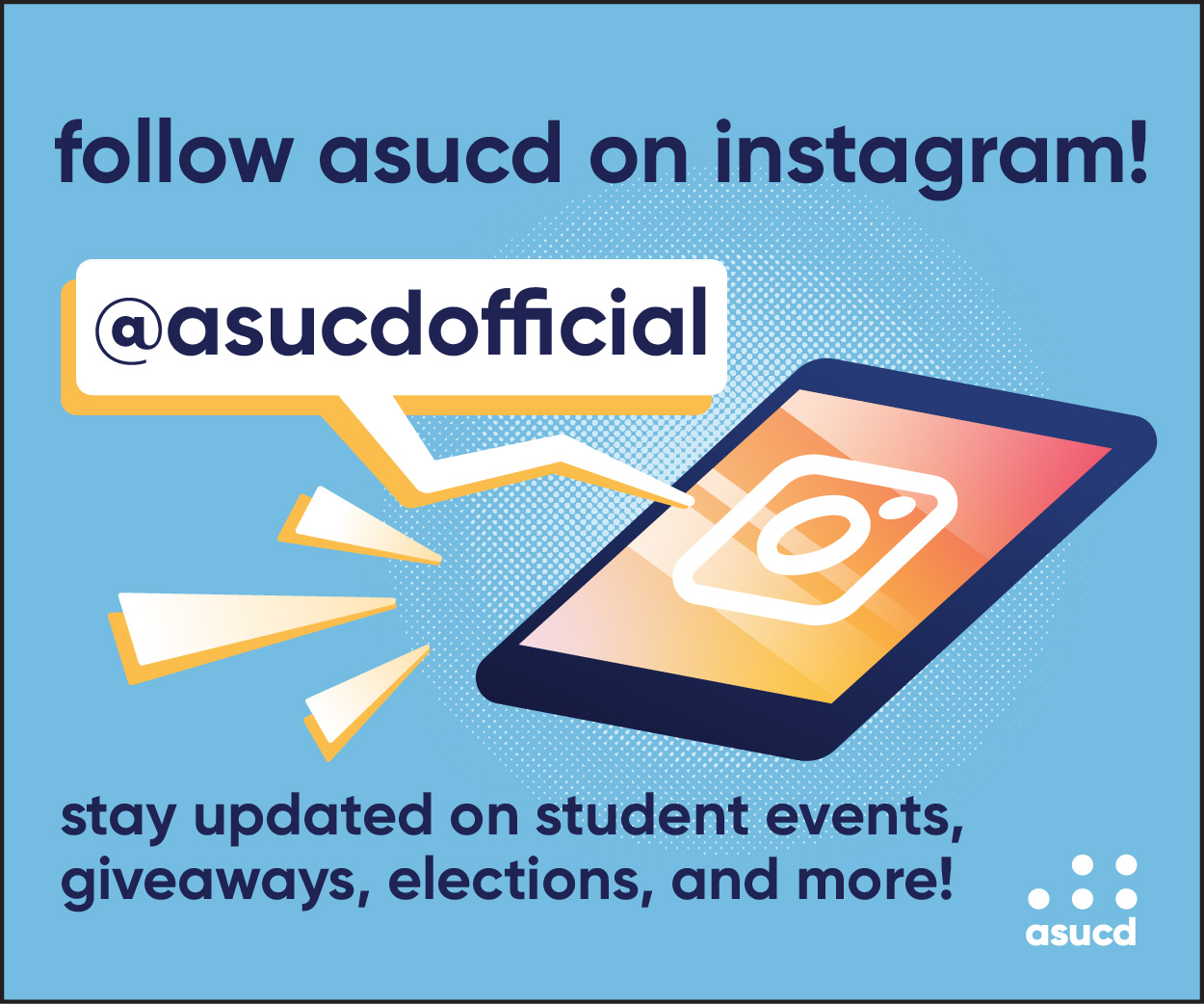On Feb. 25, California State Representative Phil Ting announced AB 2160, a bill that would require all high schools in California to electronically submit GPA verification of all graduating high school seniors to the California Student Aid Commission.
“We want to do everything possible to streamline that process so students who are graduating from high school and entering into a higher education institution can get access to the funding they deserve,” Ting said.
While some high schools in California automatically submit GPA verification electronically, those that don’t require students to request GPA submissions themselves.
Statewide in 2012, there was a FAFSA completion rate of 54 percent among graduating high school seniors, and a Cal Grant completion rate of 50 percent, according to Orville Jackson, senior research analyst at Education Trust.
In 2013, those numbers went up to 61 percent for FAFSA, and 58 percent for Cal Grants. This increase can be attributed in part to the California Student Aid Commission’s program, WebGrants, which allows students to submit their GPA verification online. The California Student Aid Commission has been campaigning across California high schools to get the program into as many schools as possible.
If AB 2160 were to pass, rates are expected to continue to increase, according to Jackson.
“This data highlights that there is a chunk of students that aren’t taking advantage of applying for aid,” Jackson said. “A significant amount of students don’t apply because they don’t have the support or know about the availability.”
According to Jackson, it is hard to see exactly how many students in need aren’t applying for aid programs due to GPA and income requirements, but he estimates that the application rates should be higher.
“A lot of students take themselves out before they have a chance, partly because they’re daunted by the actual process itself; the steps, the information you need,” Jackson said.
The recession may have caused an even greater scarcity in the number of applications submitted, according to Diana Fuentes-Michel, the executive director of the California Student Aid Commission.
“At the high school level, there has been a reduction in the level of counselors who focus on financial aid,” Fuentes-Michel said. “Because of the budget crisis, funding that went to students was reduced.”
This lack of funding created a barrier for students applying for financial aid, according to Ting. An already complicated system of GPA verification submission was made more complex by a lack of student resources during a time when students may have needed help the most.
“There’s a huge correlation for districts or schools who submit that verification electronically and the application rates for Cal Grant,” Ting said.
In the Bay Area, 128 out of 320 high schools already submit GPA verifications electronically.
According to Fuentes-Michel, students who qualify for the Cal Grant are typically working-class or low income, but this year, for the first time, students could qualify for the Middle Class Scholarship, which will increase student eligibility for aid across the state.
Schools that do not have automatic GPA verification require the verification to be done on paper, via mail, a time intensive process. The California Student Aid Commission is working on a dashboard that will include all of the information that students need, according to Jackson.
“It’s just one more stop in an already convoluted process,” said Melissa Williams, whose son David will graduate from Davis High School in the spring and attend UC Davis in the fall.
“[David] already had enough going on, so it fell to me to make sure that he got all of his financial paperwork in on time,” Williams said. “And there was no way he was attending school without aid.”
Introducing this automatic GPA verification into high schools will come at no cost to the schools themselves. The California Student Aid Commission has technicians that will work with the district and establish the file, according to Fuentes-Michel.
“This simple reform will make a huge impact on access to aid and making sure that we can make higher education much more accessible to students that really are in need,” Ting said.



